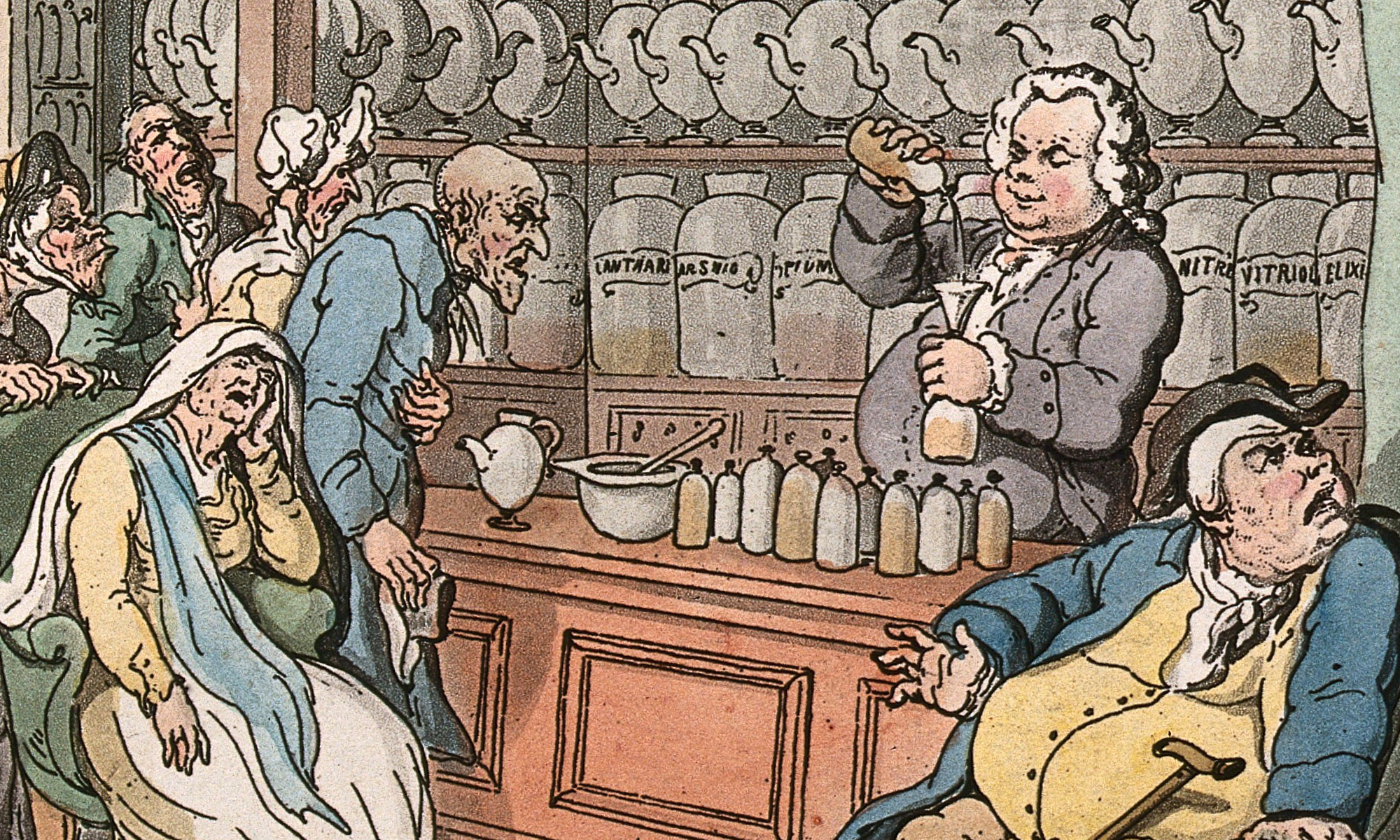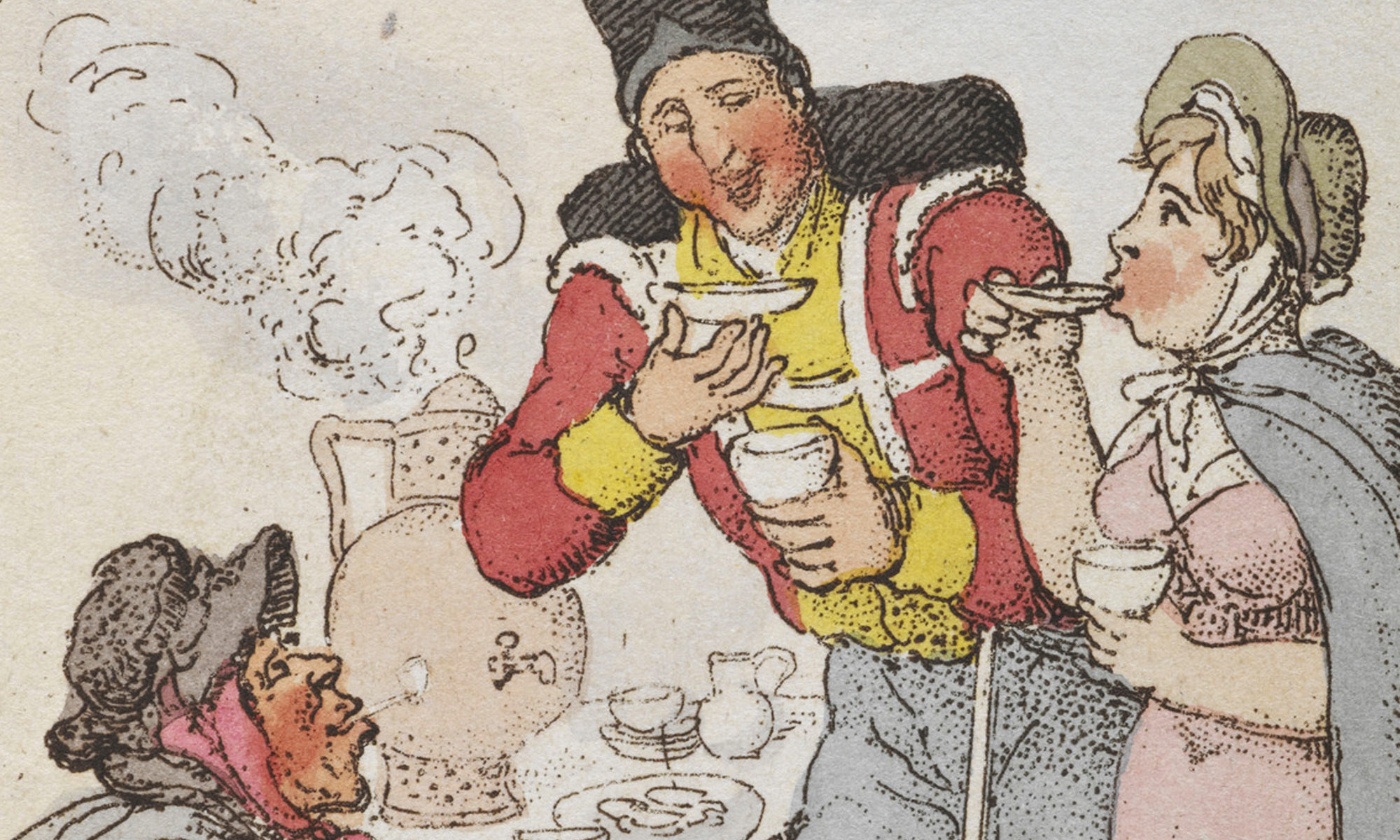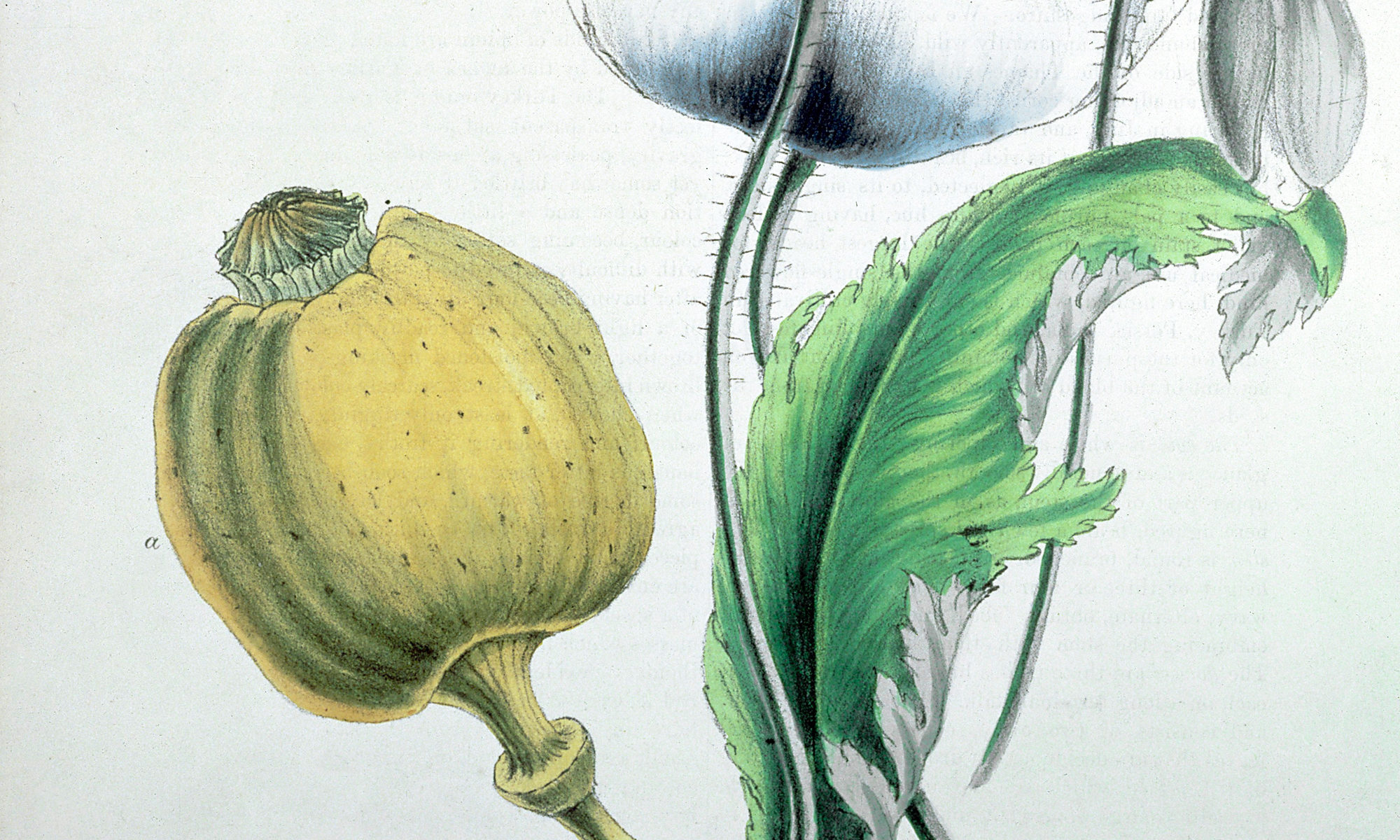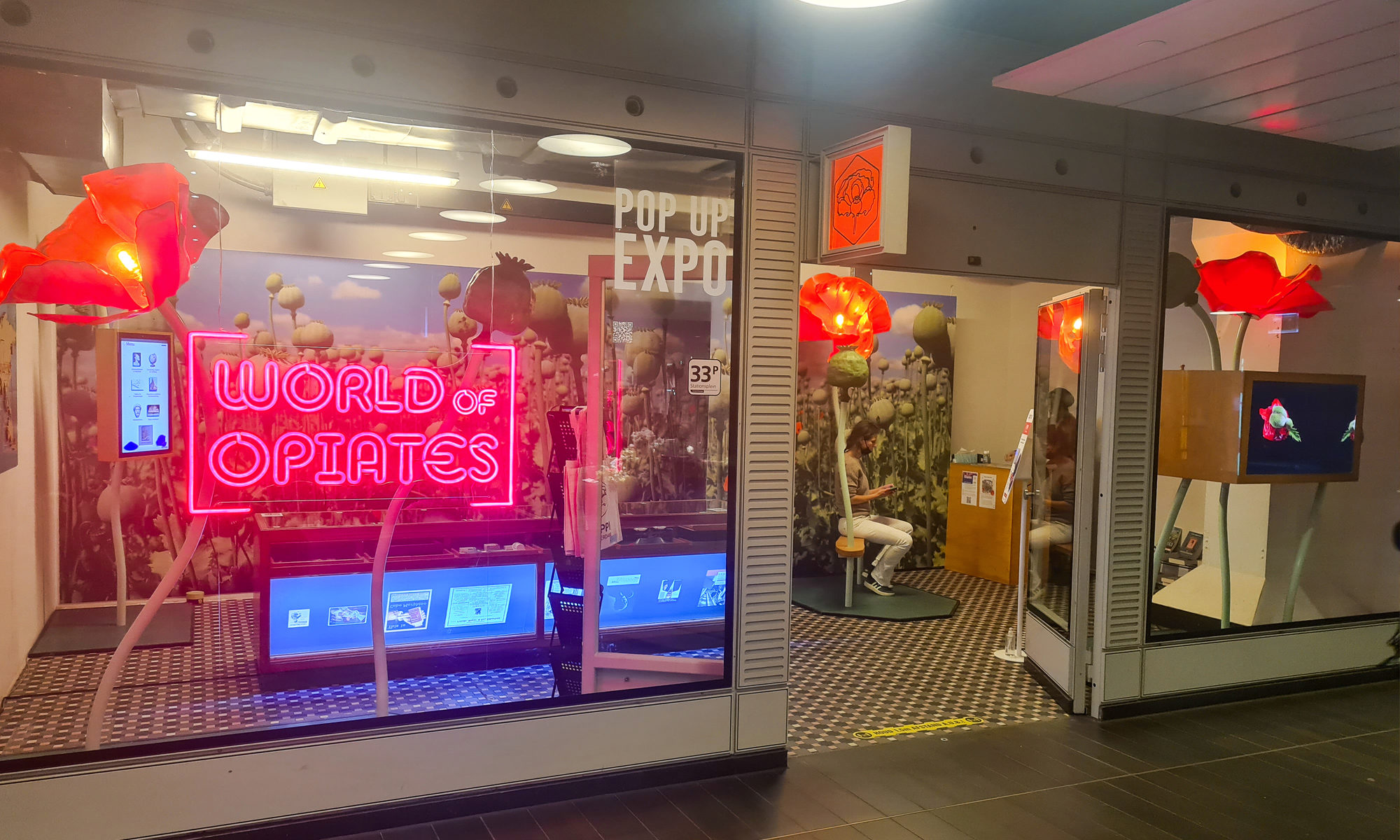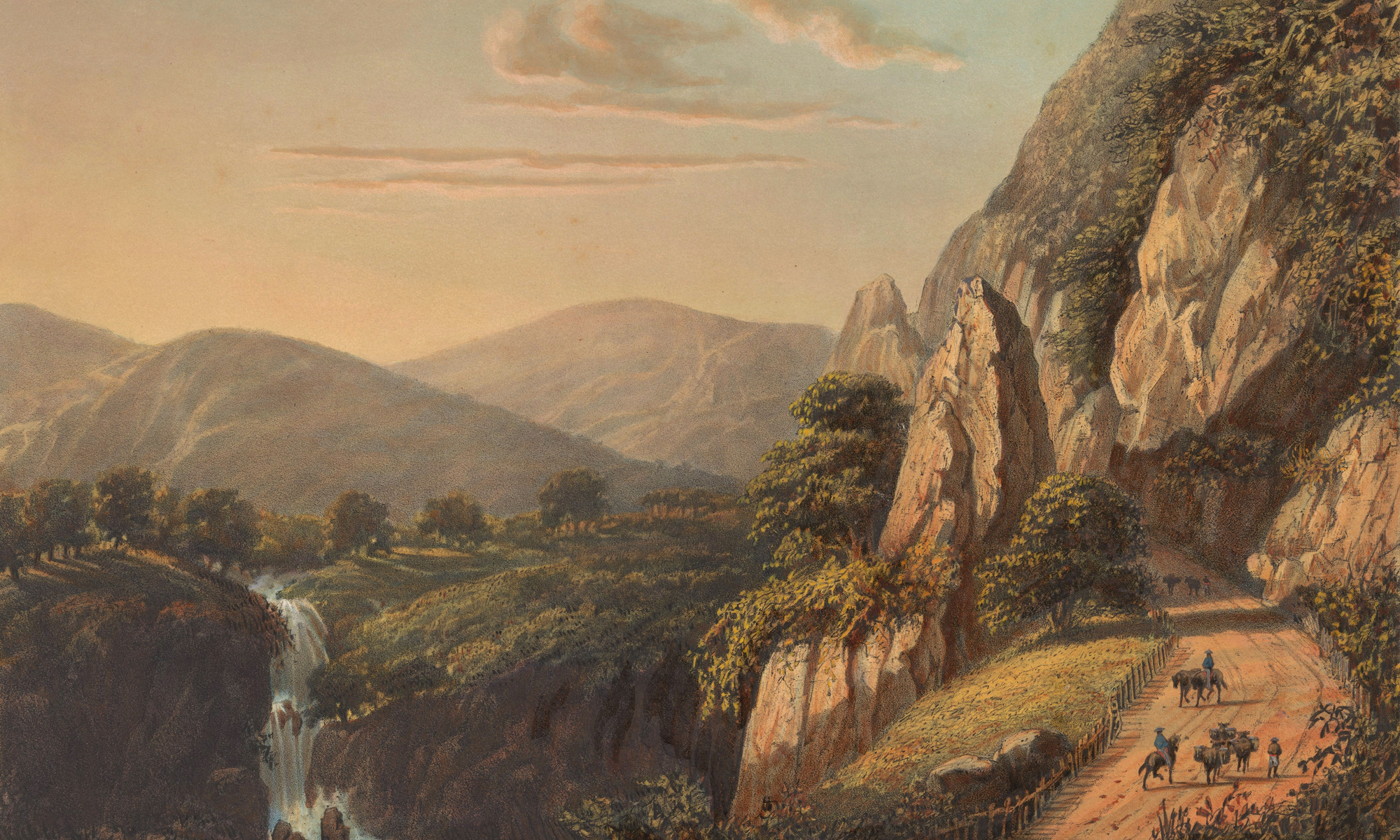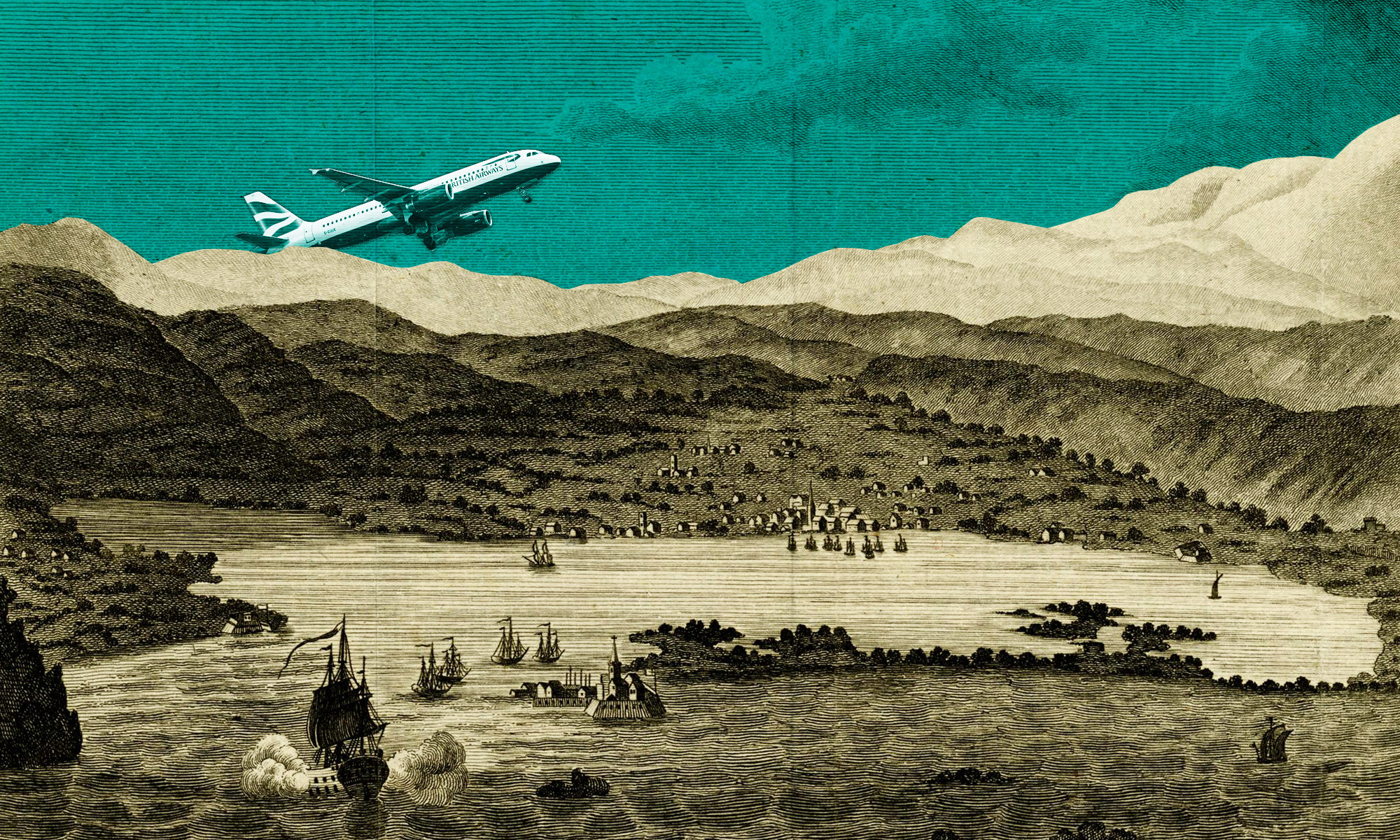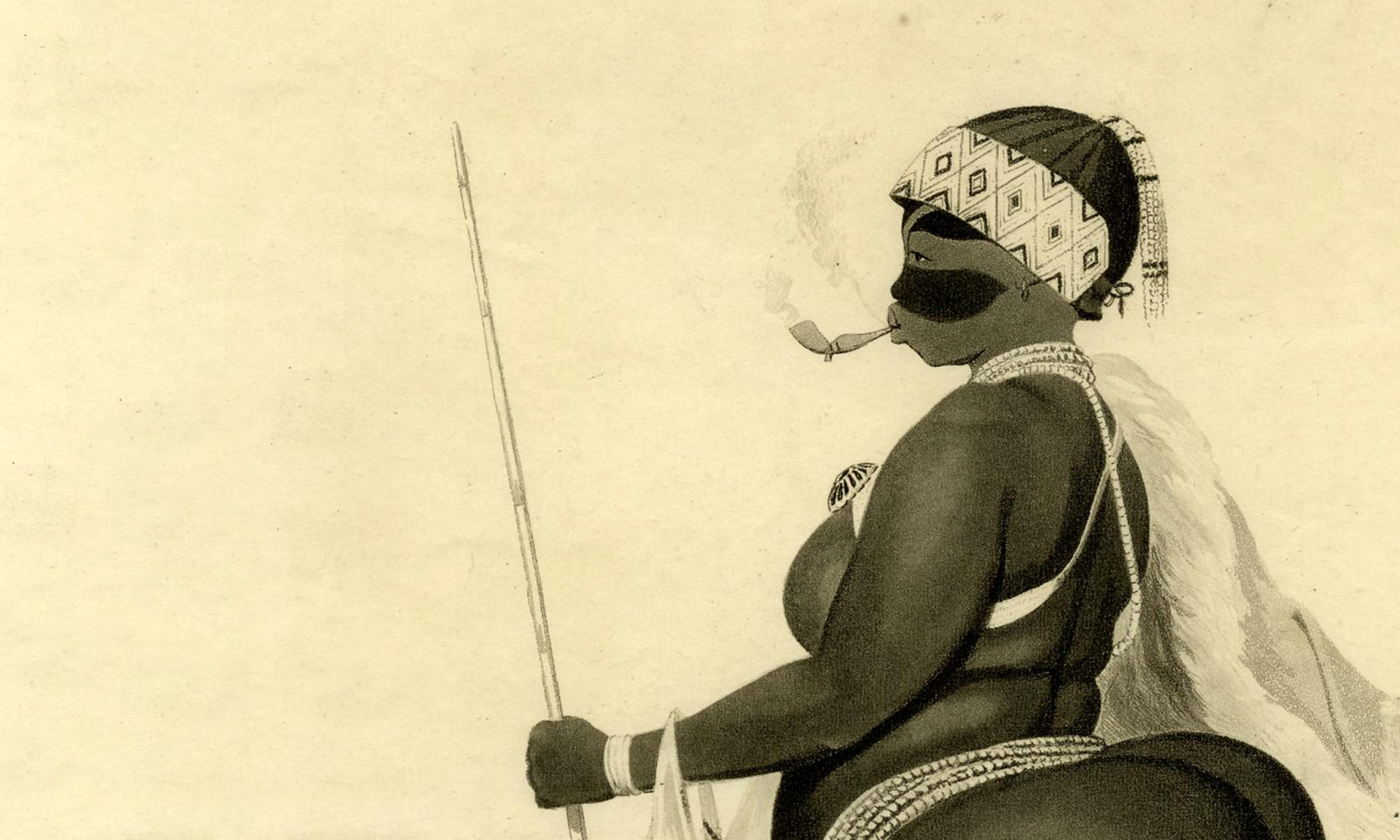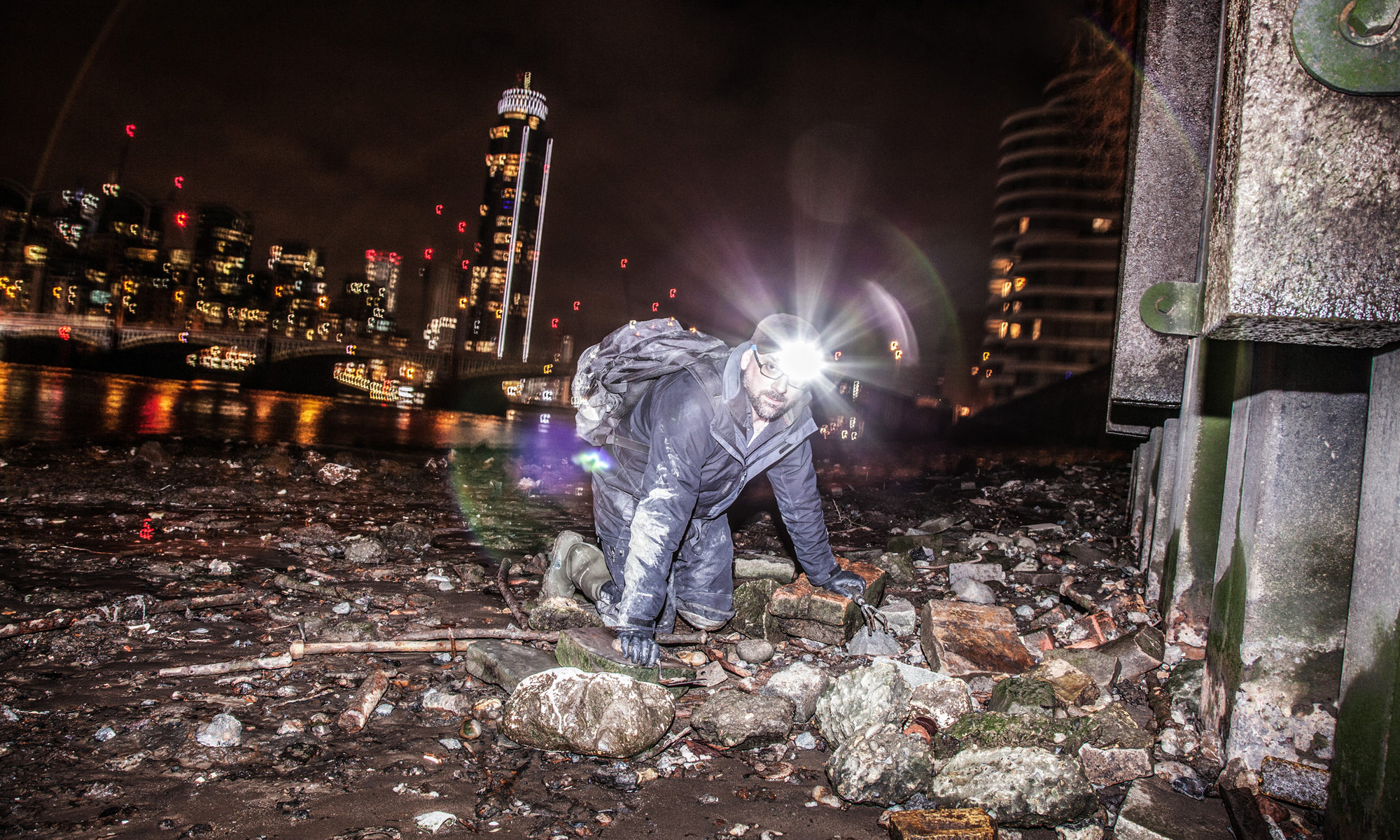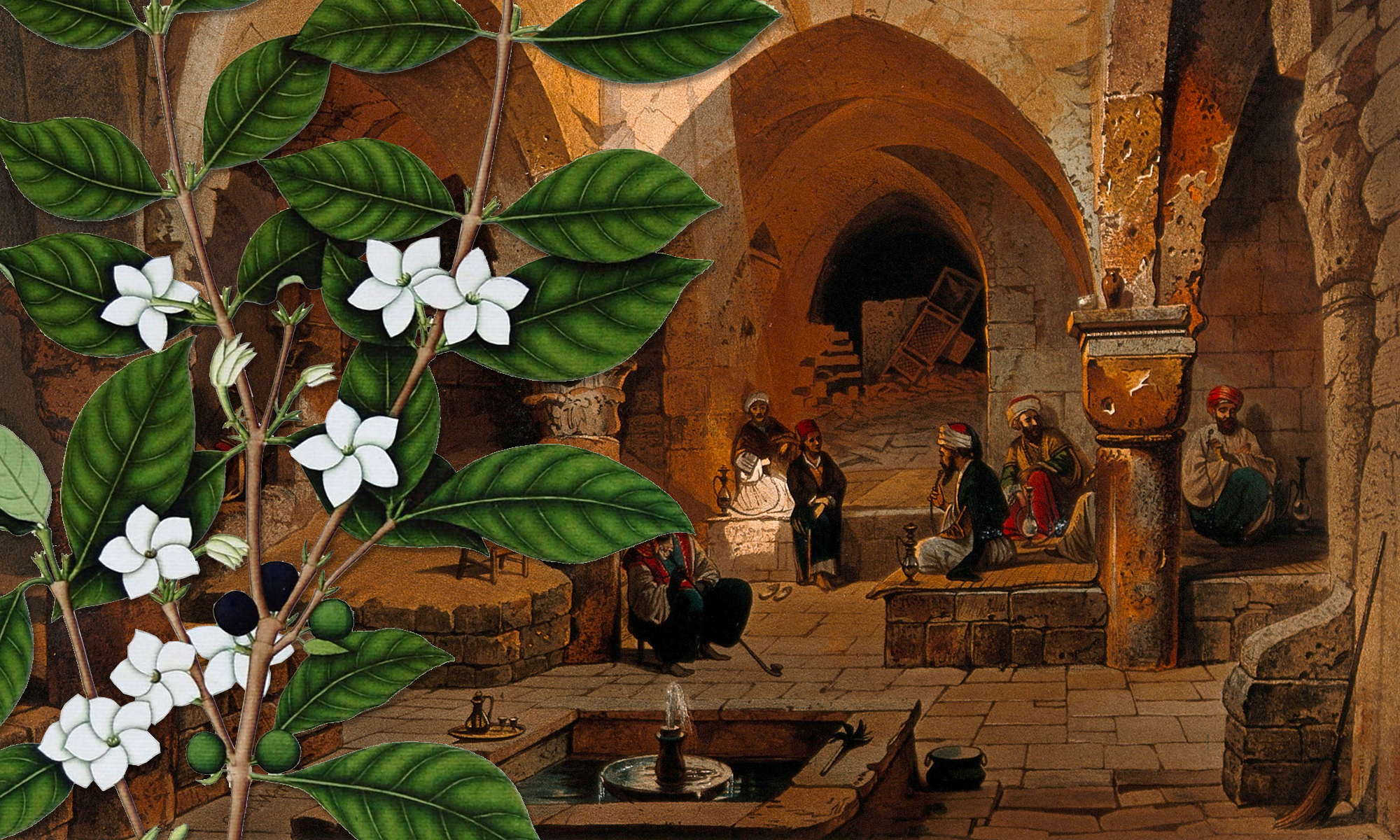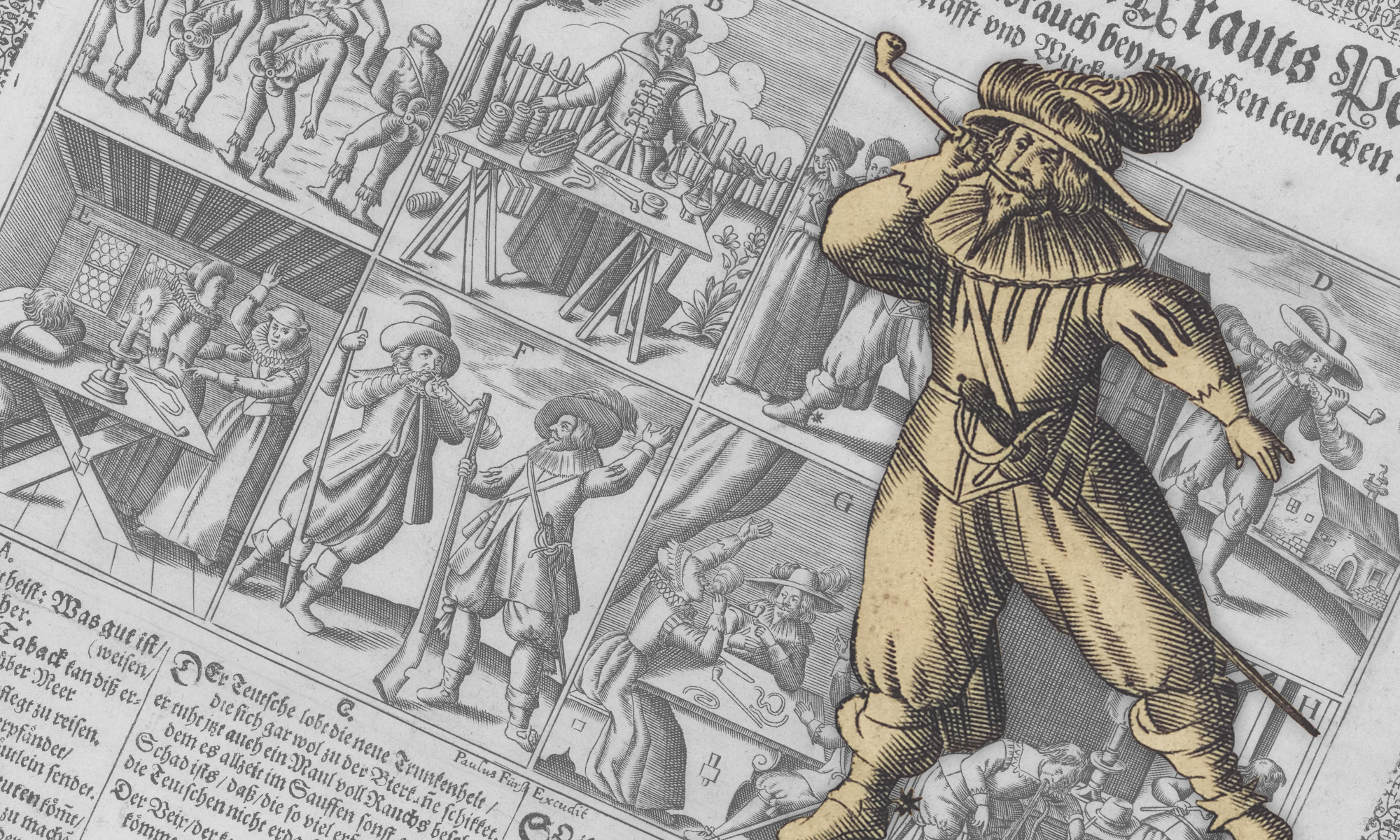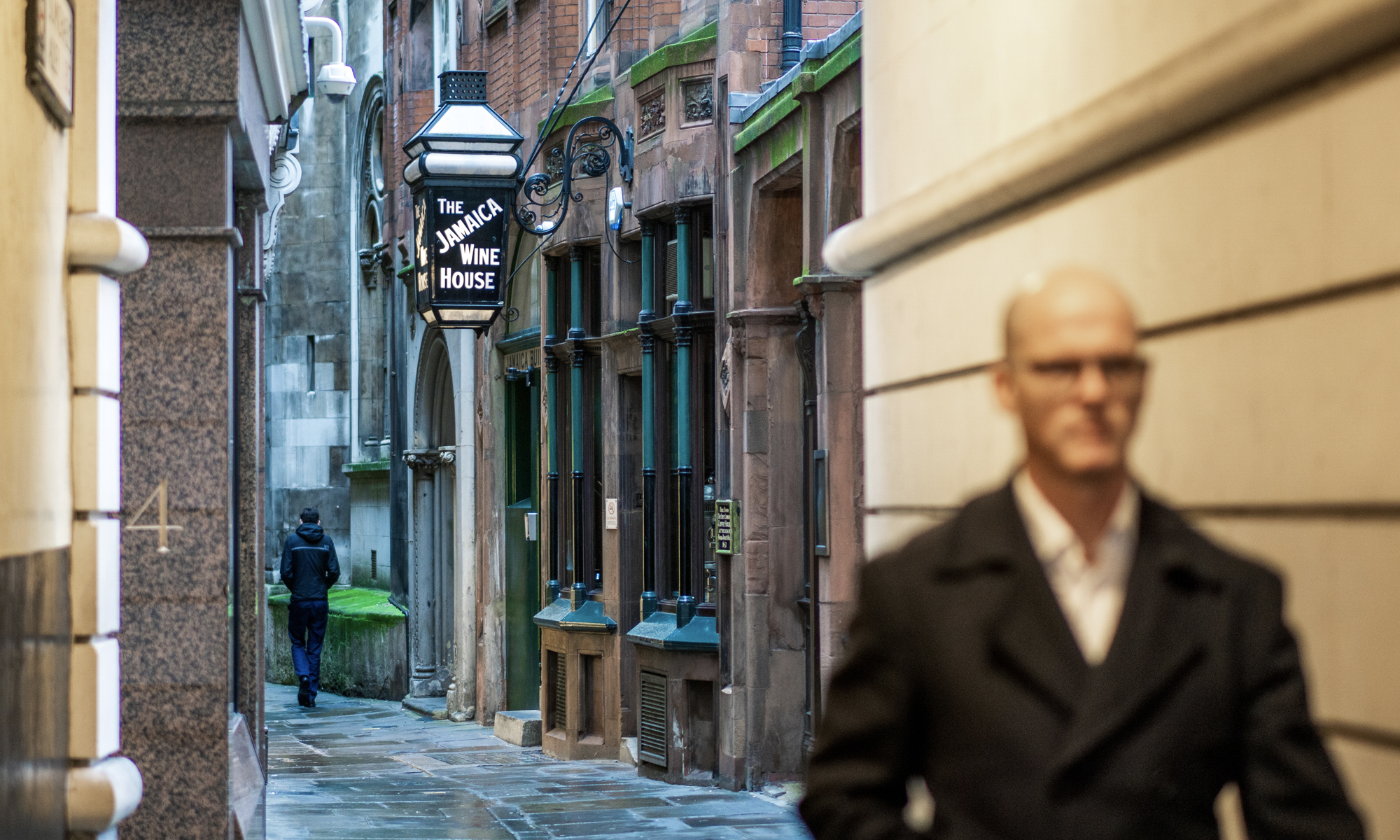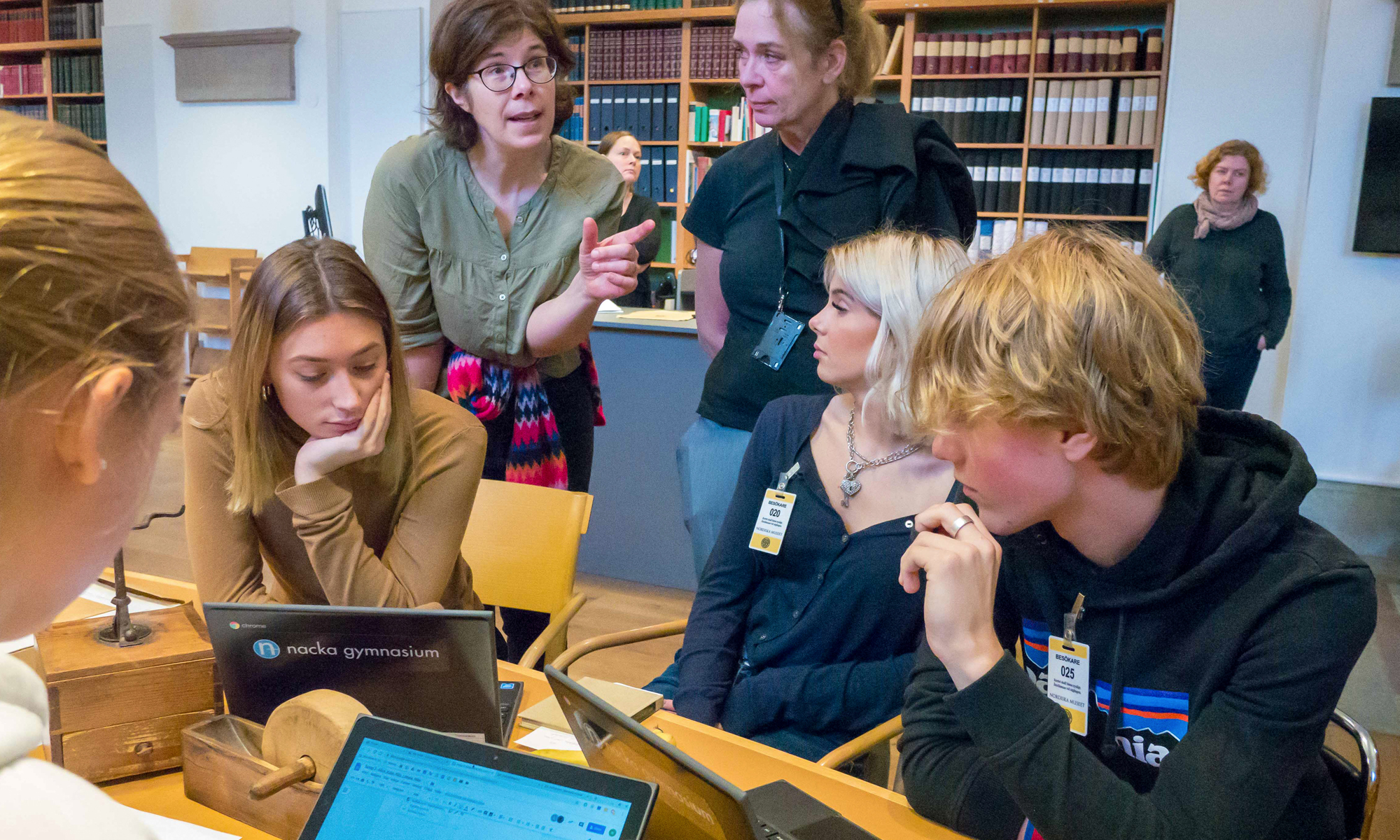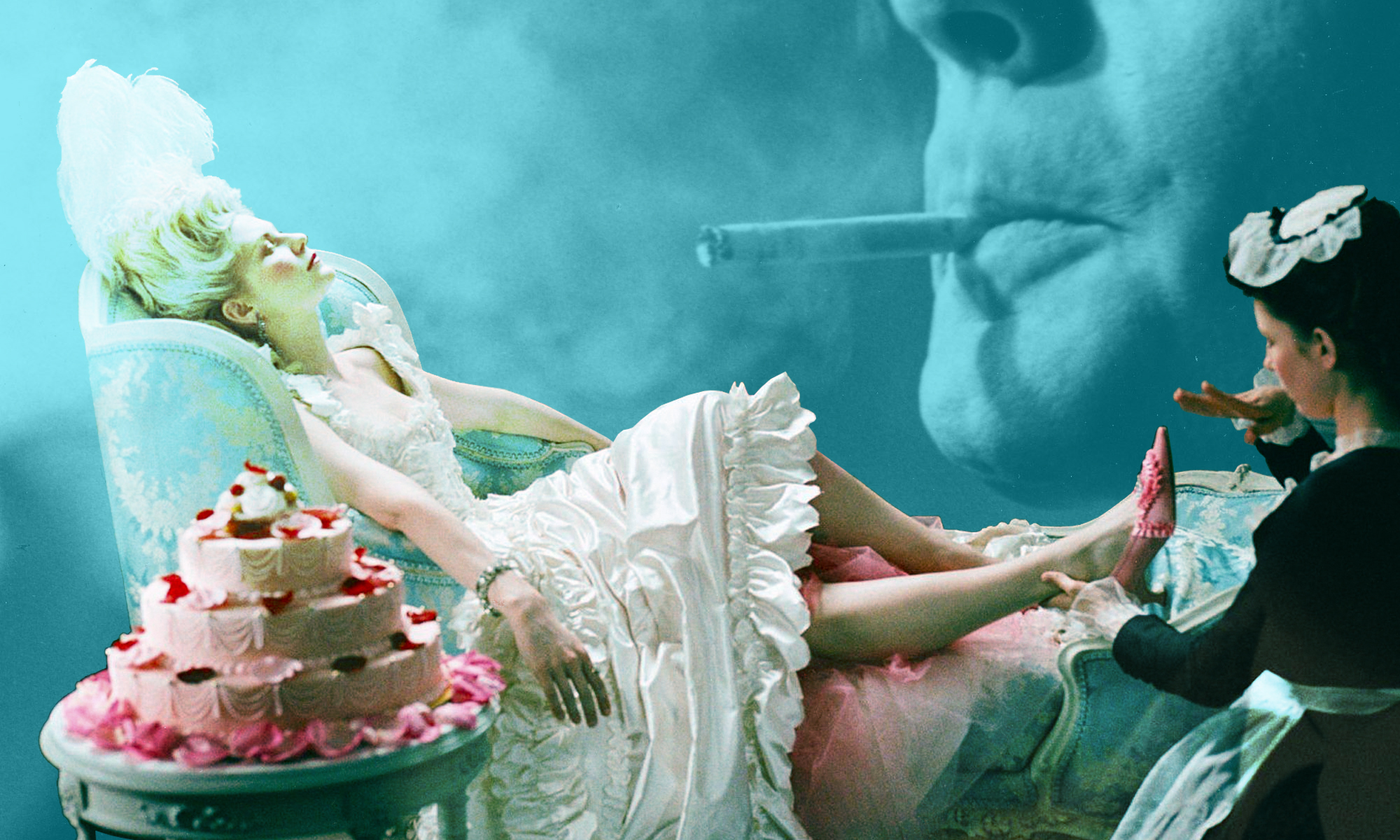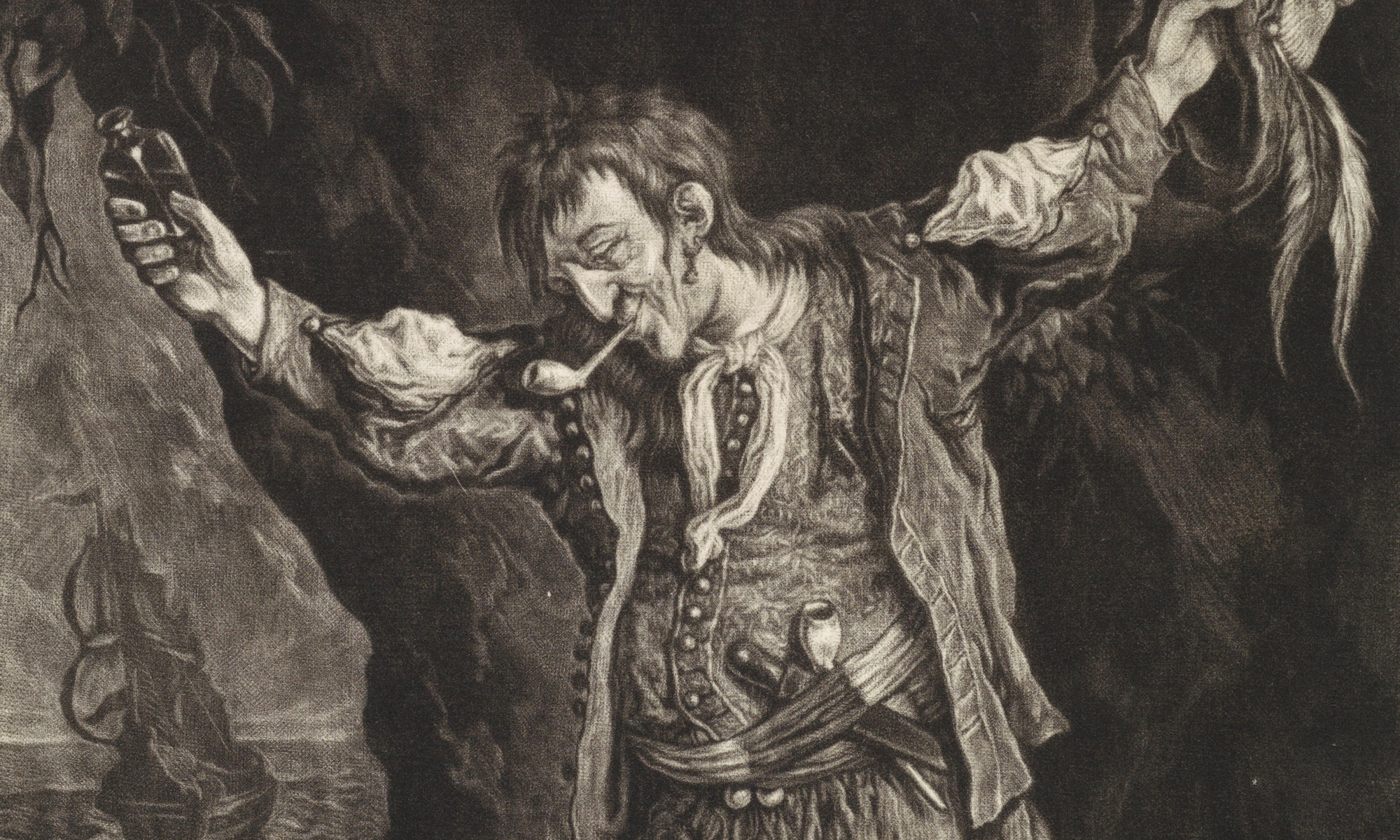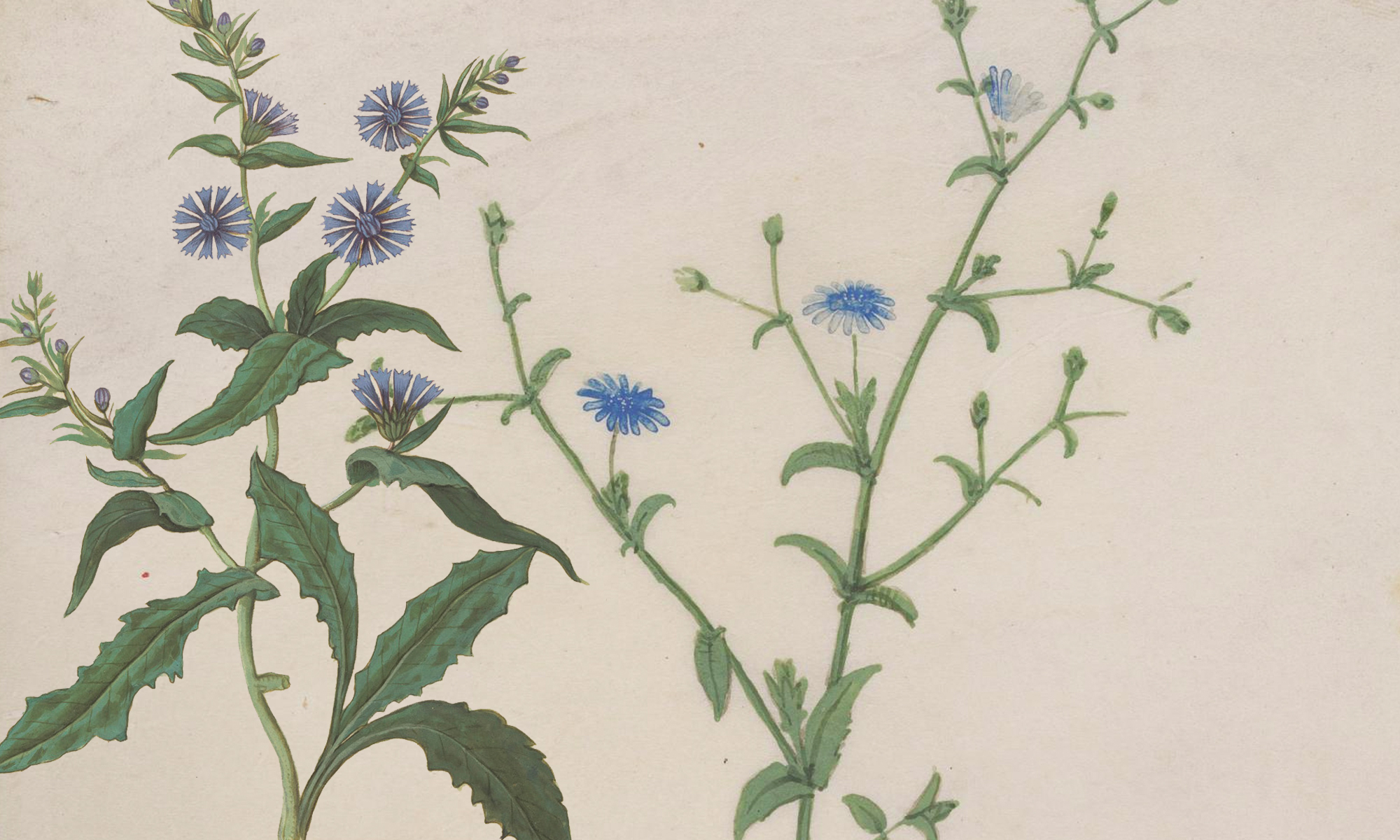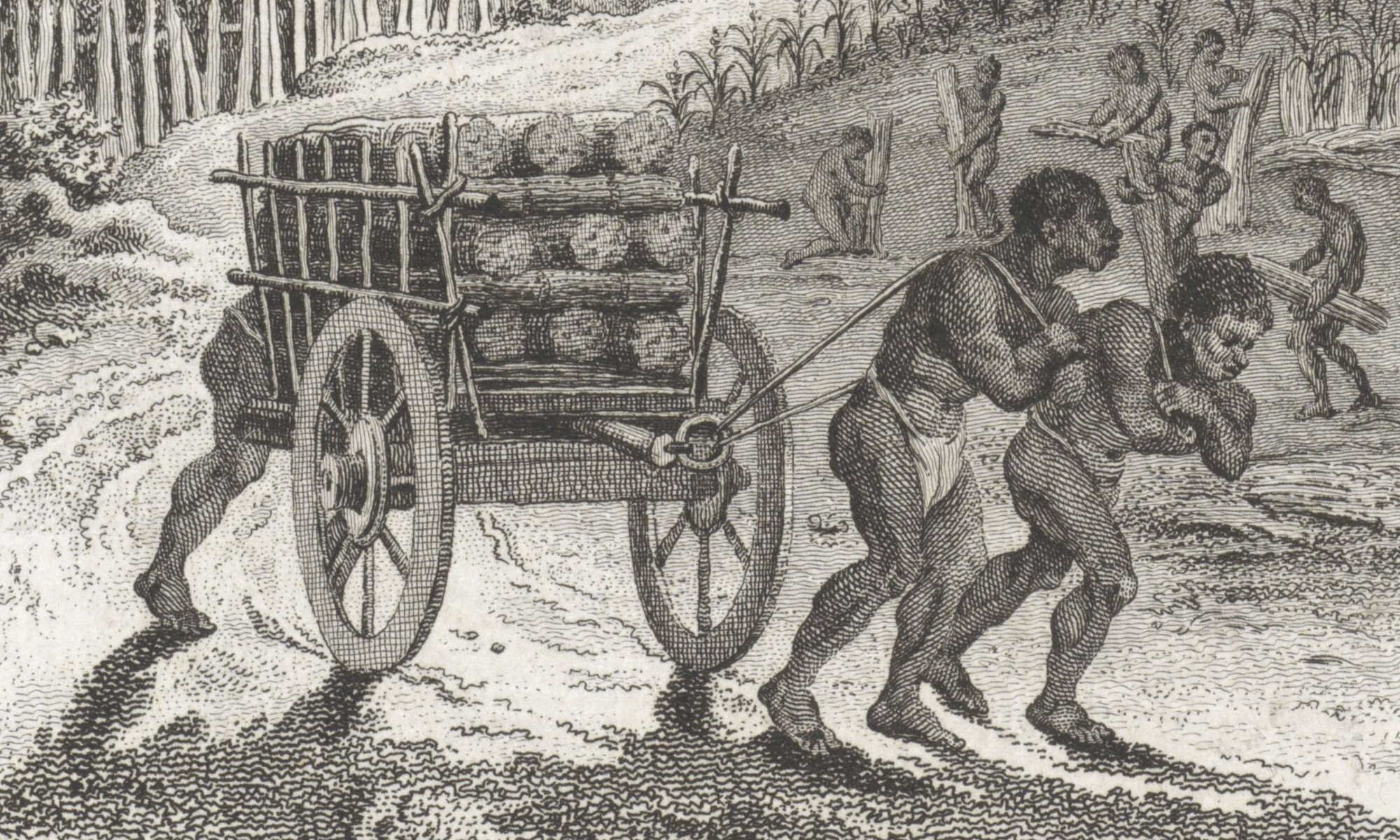After a long night of ‘frolicking’, which included plenty of drinking, the friends George Price and Samuel Plumpton continued their evening with a hot dish purchased from a stall. In many ways these actions seem familiar, almost like grabbing a coffee at the end of a night out. Yet the thick, creamy concoction they stopped for, saloop, is probably unfamiliar. Originally made from powdered orchid roots, the dish was imported from the Ottoman Empire, arrived in the late seventeenth century, and flourished on London’s streets at the turn of the eighteenth century. However, by the late nineteenth century, the drink had faded into obscurity, forgotten from history books, and often discussed as no more than a passing fad. Yet despite its brief lifecycle, saloop provides unique insights into the relationship between the consumption of new exotic goods and the space and routines of the early modern metropolis.
Continue reading “Getting to the Root of It: Saloop in Early Modern London”
